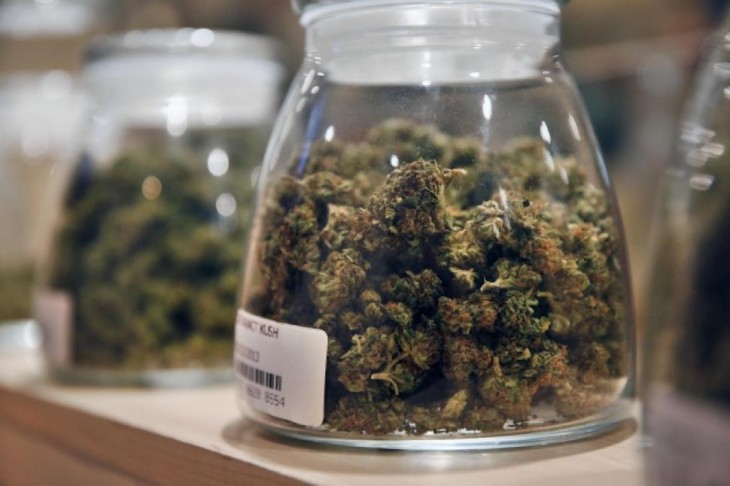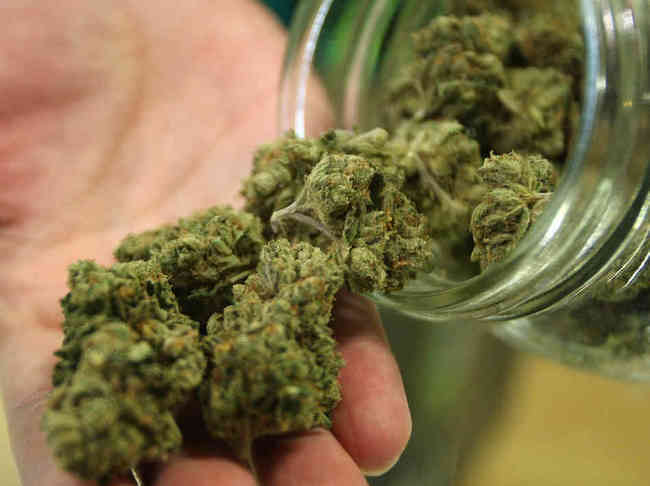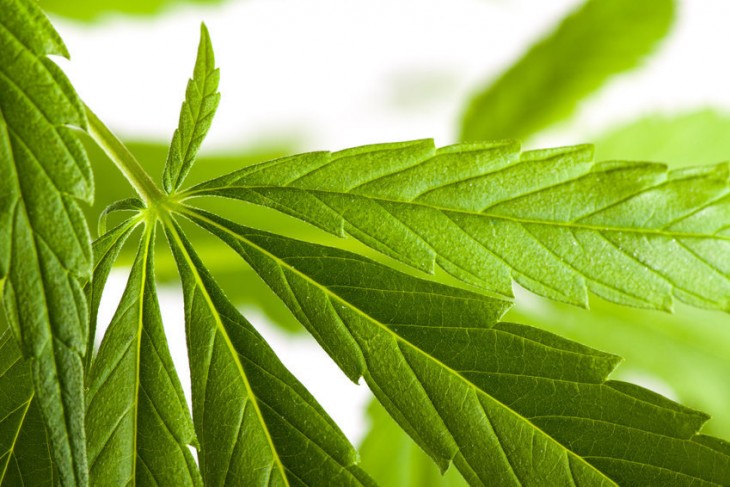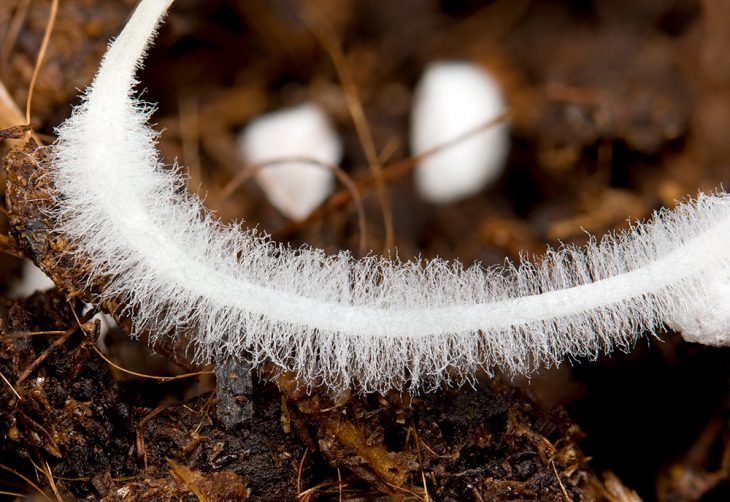The business for cultivating cannabis is starting to skyrocket because of the market potential. But, harvesting cannabis requires some amount of skills, passion, and precautions.
Cannabis cultivation begins at germination. It is the basic stage that determines whether or not you’ll be getting the expected yield. Remember, not all seeds germinate equally. A few factors you need to keep in mind while buying marijuana seeds are listed below.
- Buy seeds produced from high-quality strains only.
- Ensure that the seeds are dark brown and hard. Do not buy the ones that are soft and green
- The seeds should not be heavy. Do not get confused between hardness and weight.
Now that you’ve picked the right seeds, it’s time that you learn about the following different germination techniques for weed seeds to trigger the yield.
1. Sprouting Germination Technique
Sprouting is one of the best techniques with the highest recorded germination rate for home gardening. You’ll need the following equipment for this technique.
- Neat Kitchen clothes and kitchen roll
- Clean plates
- Clean water
Now comes the actual germination guide.
- Take a clean plate and cover it with some kitchen sheets. Use some water to moisten the sheets.
- Keep the cannabis seeds you’ve purchased on top of the sheets and cover them with a damp/moist kitchen cloth.
- Cover the entire set up with another plate.
- Keep it in the dark for a few days. Keep checking the seeds from time to time.
Once you see small sprouts shooting out of the seeds, use tweezers to pick them one by one and sow them in the soil. Make sure that you don’t put them deep inside the soil.
2. Soil Germination Technique
Soil germination is a popular germination method for hemp seeds. You’ll need the following equipment and ingredients.
- Very small pots with a hole in the bottom
- Fertile soil with a mixture of ingredients like perlite and peat moss.
- Clean water
Now comes the germination stage.
- Fill ¾ of the pot with soil.
- Water the soil only till an extent that it gets moist. Ensure there’s no standing water.
- Now, carefully place the seeds in a transverse position on top of the moist soil.
- Add another, very thin layer of moist soil on top of the seeds.
- Let the seeds rest for 36-72 hours and you’ll see small plants shooting up.
- Once their roots become slightly strong, sow them in bigger pots or on land, whatever you prefer.
Lastly, there’s always the choice for direct germination. But, you have to be very sure of the quality of seeds and your skills while following this germination technique.









